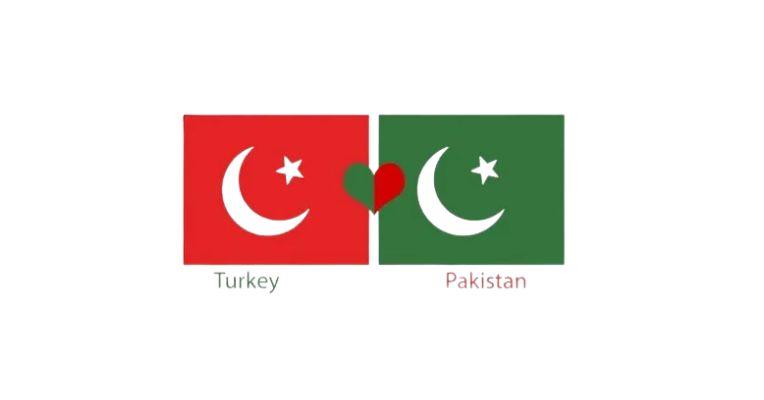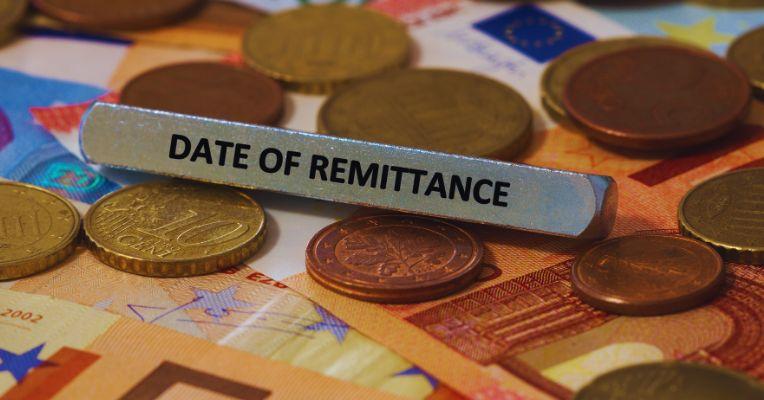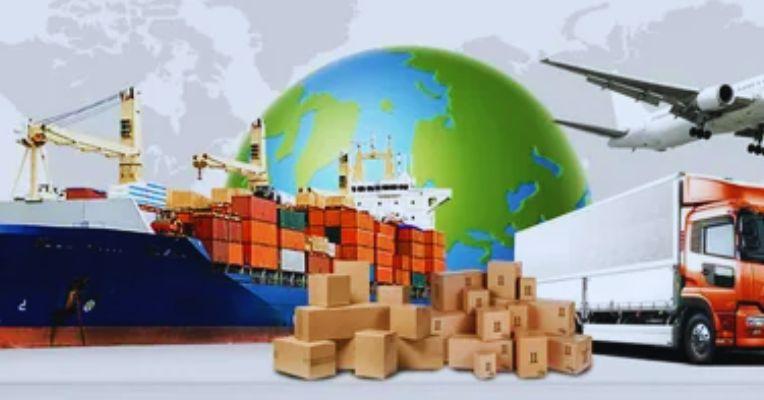After stabilizing its economy, Pakistan faces a dilemma on how to move forward. While some believe that focusing on economic growth is essential to tackle poverty, others argue that rapid growth could trigger trade deficits due to weak exports.
| Issue | Current Situation | Proposed Solution |
|---|---|---|
| Economic Dilemma | Pakistan is at a crossroads after economic stabilization | Decide between focusing on growth or avoiding trade deficits |
| Trade Deficits Concern | Rapid growth might worsen the trade deficit | Balance economic expansion with sustainable exports |
Declining Export Share
Pakistan’s share of global exports has dropped by over 20% in the last 20 years. The World Bank attributes this decline to Pakistan’s trade policies, especially the high tariffs.
| Issue | Current Situation | Proposed Solution |
|---|---|---|
| Declining Exports | Export share has decreased by 20% in two decades | Implement reform in trade policies |
| High Tariffs | Tariffs are at least twice the global average | Lower tariffs to improve global competitiveness |
High Tariffs and Trade Barriers
Pakistan’s tariffs are significantly higher than global standards. This makes it hard for Pakistani businesses to compete internationally. The country has been moving against global trends by imposing higher tariffs.
| Issue | Current Situation | Proposed Solution |
|---|---|---|
| High Tariffs | Tariffs are 2-3 times higher than East Asian exporters | Reduce tariffs to improve trade relations |
| Trade Barriers | Limited access to global markets due to high tariffs | Adopt global trade standards and reduce barriers |
Dependence on Foreign Assistance
Pakistan has long depended on foreign assistance for trade improvement, such as the EU’s GSP Plus scheme and investments through CPEC. However, these have had minimal impact on exports.
| Issue | Current Situation | Proposed Solution |
|---|---|---|
| Foreign Assistance Reliance | Reliance on GSP Plus and CPEC has not boosted exports | Focus on domestic reforms instead of foreign aid |
| Limited Impact of Assistance | GSP Plus and CPEC investments have had little effect | Shift focus to self-sustaining economic strategies |
China and India Export-Led Growth
Pakistan can learn from the export-led growth of its neighboring countries, China and India. Both nations achieved high growth rates by focusing on exports, leading to improved economies.
| Issue | Current Situation | Proposed Solution |
|---|---|---|
| China’s Export Success | China transitioned from a closed to an open economy | Learn from China’s market reforms and open-door policy |
| India’s Liberalisation | India reduced tariffs and integrated globally post-1991 | Follow India’s example by reducing tariffs and embracing global integration |
Pakistan Missed Opportunities
Despite attempts at liberalization in the 1990s, Pakistan has not made significant progress in reducing tariffs or improving its global trade position. The last reforms took place between 1997 and 2002, after which progress stalled.
| Issue | Current Situation | Proposed Solution |
|---|---|---|
| Stalled Reforms | Tariff reforms have stalled since 2002 | Revive and continue tariff reduction policies |
| Missed Opportunities | No sustained progress in trade liberalization | Commit to long-term liberalization policies |
The Way Forward
To overcome the current challenges, Pakistan must focus on domestic reforms and reduce its reliance on foreign assistance. Only by implementing these changes can the country hope to achieve export-led growth.
| Issue | Current Situation | Proposed Solution |
|---|---|---|
| Relying on Foreign Assistance | Foreign aid has not led to sustained export growth | Shift focus to domestic reforms for long-term growth |
| Need for Trade Policy Reforms | Tariffs remain high and trade barriers persist | Adopt comprehensive trade policy reforms for global competitiveness |
Summary
Pakistan must take bold steps to reform its trade policies, reduce tariffs, and improve its global competitiveness. The examples of China and India show that sustained, export-led growth is possible through domestic reforms. Relying on foreign assistance will not bring long-term success unless Pakistan makes significant changes at home.





